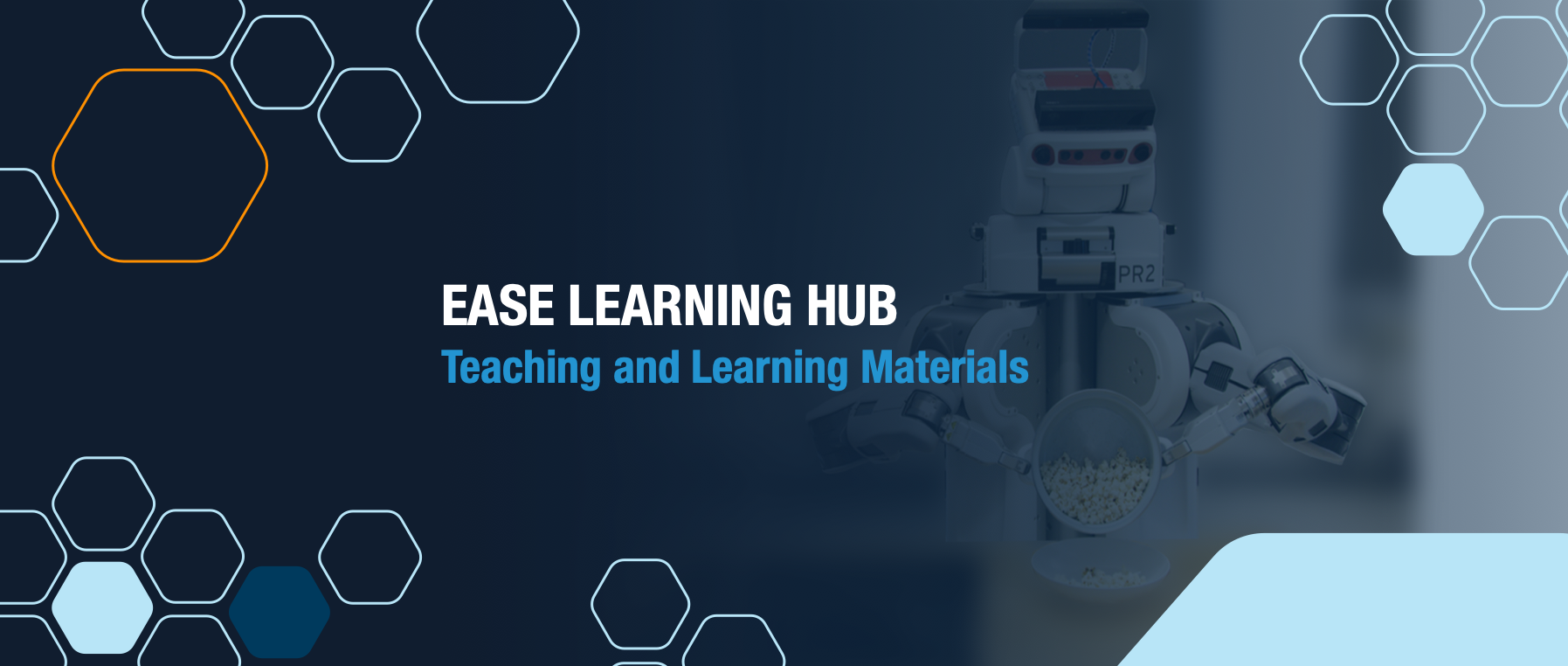School students
Content suitable for school students
Robot perception for real-life applications
Part 9: In this presentation Michael Suppa shows exciting application areas where problems of robots in daily life can be recognized. The focus is on how the problems with the perception of the robots come about and how they can be solved.
A probabilistic approach to bechmarking and performance evaluation of robot systems
Part 8: Unlike the previous parts, this presentation is about a more theoretical general problem and less about examples of robots and their functions. Pedro Lima presents how robots are benchmarked and uses a probabilistic approach as an example.
From Sense to Reason. Using image schemas to intelligently reason about objects and events.
Part 7: In this presentation Maria Hedblom explains a topic that has already been touched upon in the previous parts. It is about the perception of robots of objects in a room. This time, however, it is also about being able to recognize certain events. For this purpose image schemas are used to realize this recognition.
Event-predictive active Interface: Developing Conceptual, Compositional cognition from sensorimotor experiences
Part 6: In this presentation, Martin Butz explains a very exciting approach to creating compositional cognition in robots that draw on Sensorimotor experiences. Therefore sensorimotors are presented and explained how the experience can be used for interesting developing concepts.
Robot vision for object grasping
Part 5: In this presentation, Jean Bapiste Weibel tells all about the exciting topic of "Vision for Robotics". Some questions about how a robot perceives objects or a whole room will be clarified. This is essential because otherwise it would be difficult to interact with objects or in a room.
Action selection and execution in everyday activities: A cognitive robotics and situation model perspective
Part 4: This presentation is about how a robot decides on its actions in everyday life. For this purpose, there are some important exciting cognetive models that David Vernon explains and compares them with each other.

